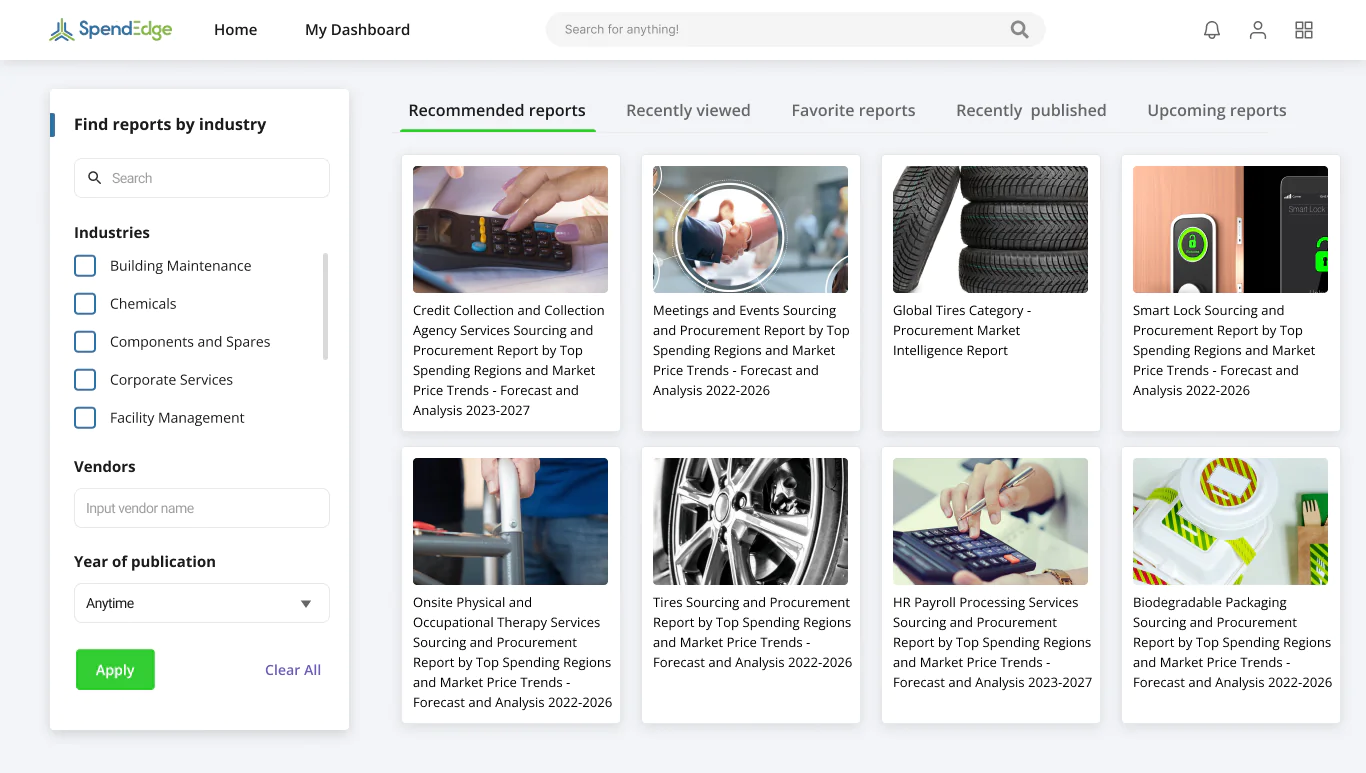
The life sciences sector is weighed down by lack of end-to-end traceability across the product lifecycle.

Life sciences market participants have a widening swathe of supplier compliance mandates to grapple with.

Rising input costs and competition from generic formulations is a key concern for players in the life sciences landscape.
Market participants must embrace rigorous quality control and improve product traceability to live up to regulators’ expectations.
Medical devices have to be safe throughout their useful life, so product quality and supplier response times are crucial.
Cost pressures show no sign of easing; a deeper understanding of supply inefficiencies will help tame costs better.
Regulations are changing, and staying compliant is a tall order. We will ensure you satisfy all relevant regulatory mandates.
Talk to Our Expert
If you were to ever glance on the packaging of medicines, it would enlist the chemicals and composition used to manufacture that drug. However, chemicals are not the only raw material used in the pharmaceutical manufacturing process. Pharmaceutical raw materials also include natural raw materials like leaves, flowers, fruits, fungi,...
Read More to see the spendedge blogsGathering data on your supplier’s capability to deliver high-quality products is just not enough. More open communication will ensure suppliers not only deliver with quality but also ahead of schedule.

Mismatches between your needs and what your supplier delivers could weaken business performance. By collaborating intensely with suppliers, you can ensure your penchant for KPIs grows on them as well.